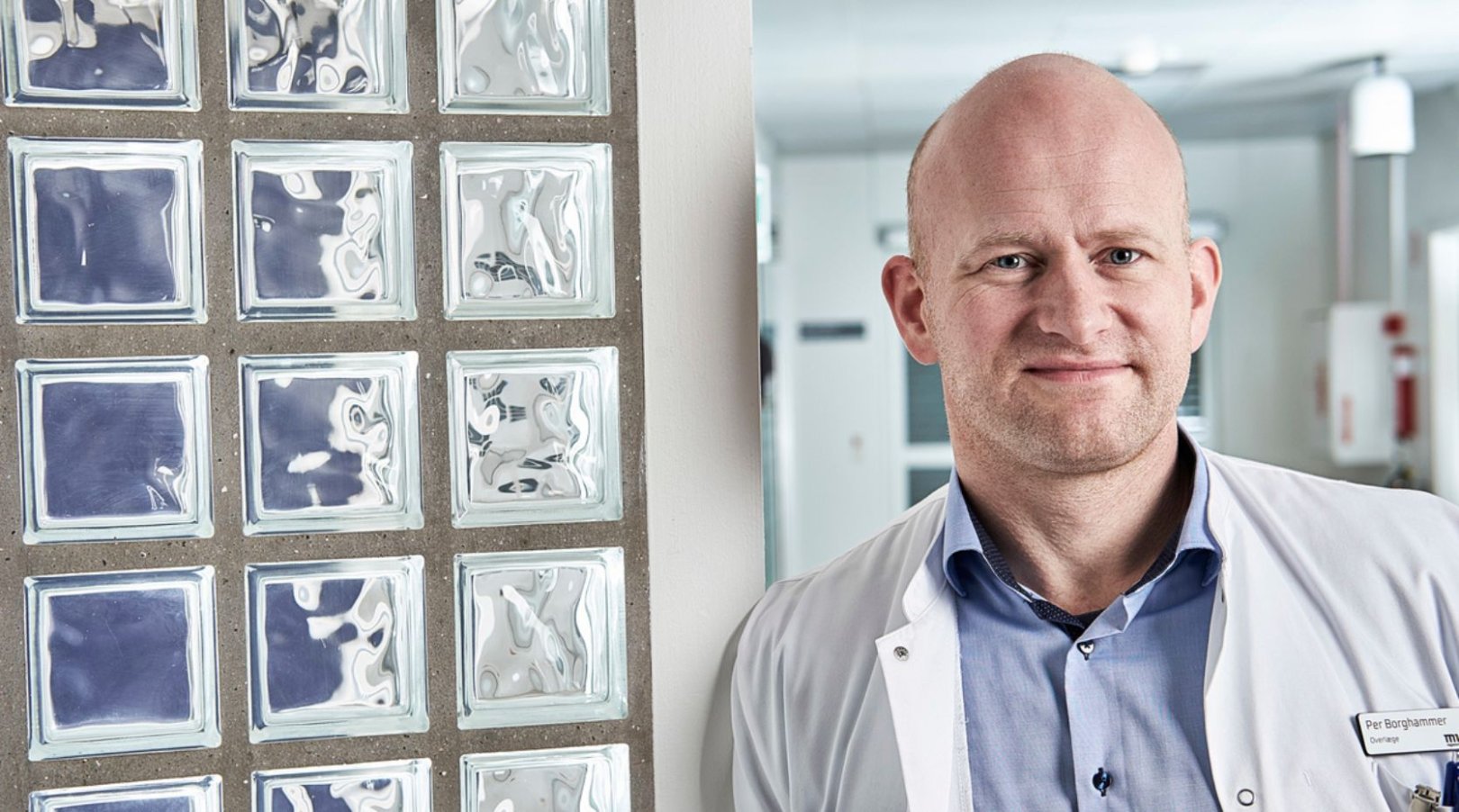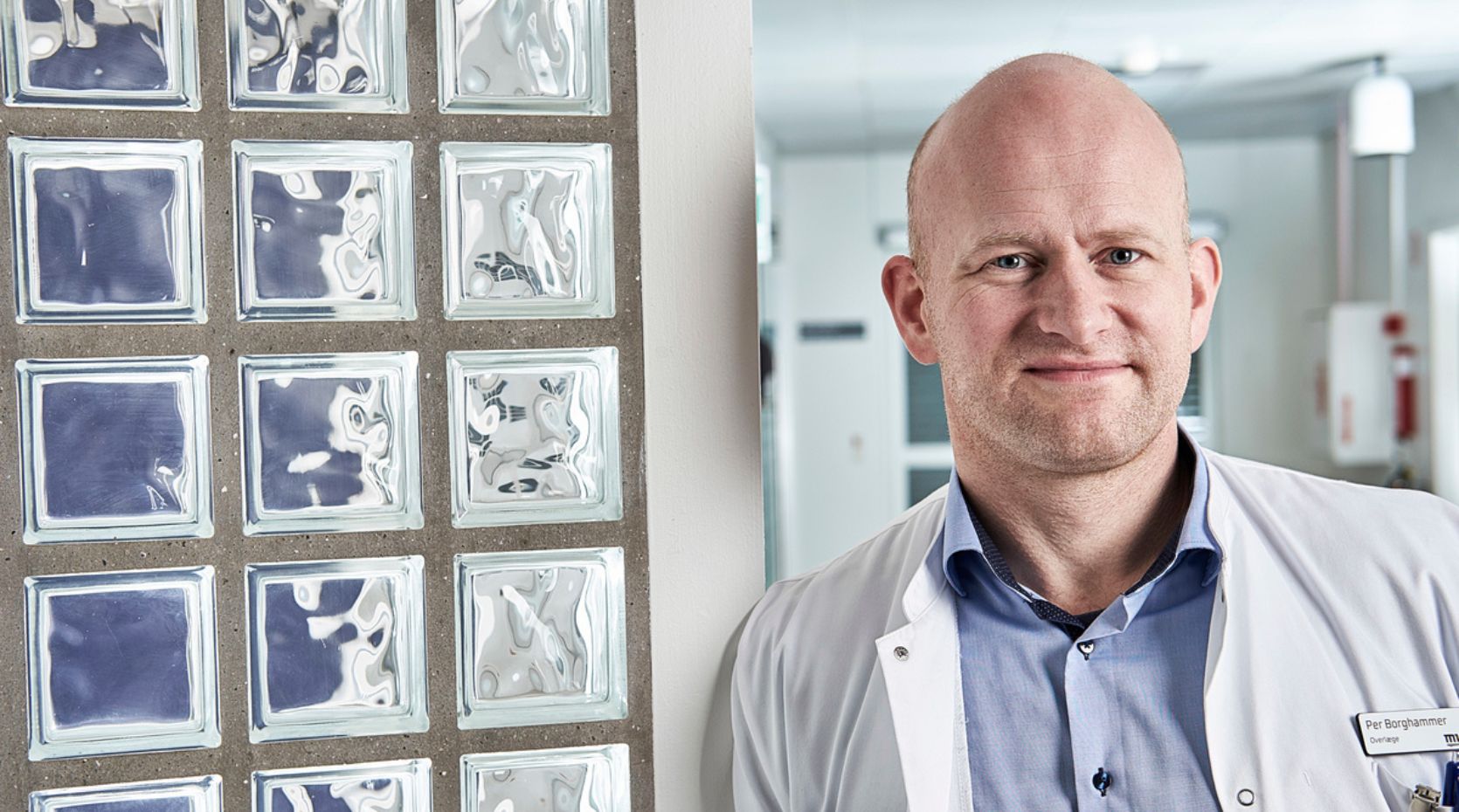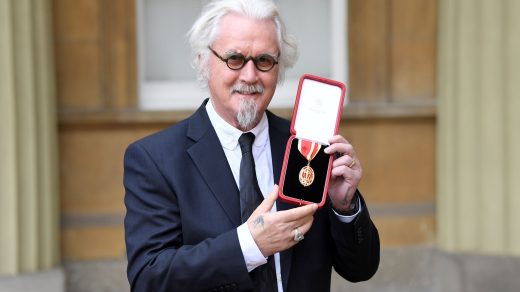
A new research centre is opening at the Aarhus University Hospital in Denmark to understand more about the causes of Parkinson’s and explore new treatments.
The Lundbeck Foundation Parkinson’s Disease Research Center (PACE) will open in September. It is funded by a DKK313m (€41.9m) 10-year research centre grant from the Lundbeck Foundation.
The centre will be run by Professor Per Borghammer, senior consultant at Department of Nuclear Medicine & PET, Aarhus University Hospital. He spoke to Parkinson’s Life about the centre’s plans.
Ambitious plans with a longterm approach
PACE will be a translational research centre, Borghammer says. Meaning, “we will be trying to do everything from studying molecules, cell models, animal models, lots of patient studies. All the way up to studying Parkinson’s disease at society level doing epidemiology and registry studies”.
Ahead of the official opening, work has already begun on recruiting the teams for the project. “We estimate that in a couple of years we would have about 70 people in this centre – group leaders, their groups, and administration, and then probably we will expand from there.”
While the goals of the new centre are considerable, and the work is hoped to continue beyond the 10-year grant, Borghammer is keen to manage any expectation of swift results. He explains, “Clinical trials is one of the main things that we will be trying to do. But that takes time to get up and running. It’ll take years to build this. But it is the goal.”
Understanding what Parkinson’s is and the causes
The centre’s core aims include gaining a deeper fundamental understanding of what Parkinson’s is and what the condition is caused by. Exploring to what extent it may be caused by the environment we live in will be key.
Plans include recruiting an epidemiologist and building a focused Parkinson’s epidemiology group.
“There are lots of questions that we can ask, mainly about risk factors. To what extent is Parkinson’s an environmental disease? Pesticides, toxicants, industrial toxins but also virus infections, inflammatory bowel disease, these sorts of things. We would like to study all of that carefully,” Borghammer says.
“The more we know about these things, the better we will be able to perhaps even prevent a lot of Parkinson’s cases from ever emerging. Because if a certain fraction of Parkinson’s is caused by toxins in the environment, if we remove those toxins we will have removed a fraction of Parkinson’s cases.”
Clinical trials and disease-modification research
The centre will have a large focus on clinical trials, especially for non-motor symptoms. “There are lots of unmet needs within non-motor symptoms in Parkinson’s,” says Borghammer. “It could be autonomic problems like constipation, urinary problems, blood pressure problems. But could also be pain, anxiety, depression and of course also cognition. We won’t be doing all of that initially, of course, but that will be our main focus area because we believe that that’s probably the largest unmet need in Parkinson’s.”
A key ambition for the centre is also to contribute to disease modification research. “Halting or slowing down the progression of Parkinson’s – in that area, we have basically two goals,” he adds.
“Number one is to become an attractive core research center so we can take part in multi-centre trials to test new drugs of immune therapies and what it might mean for disease modification. But inside the centre itself, our scientists will be trying to validate different mechanisms, different drugs that could have a potential disease-modifying effect on Parkinson’s.”



